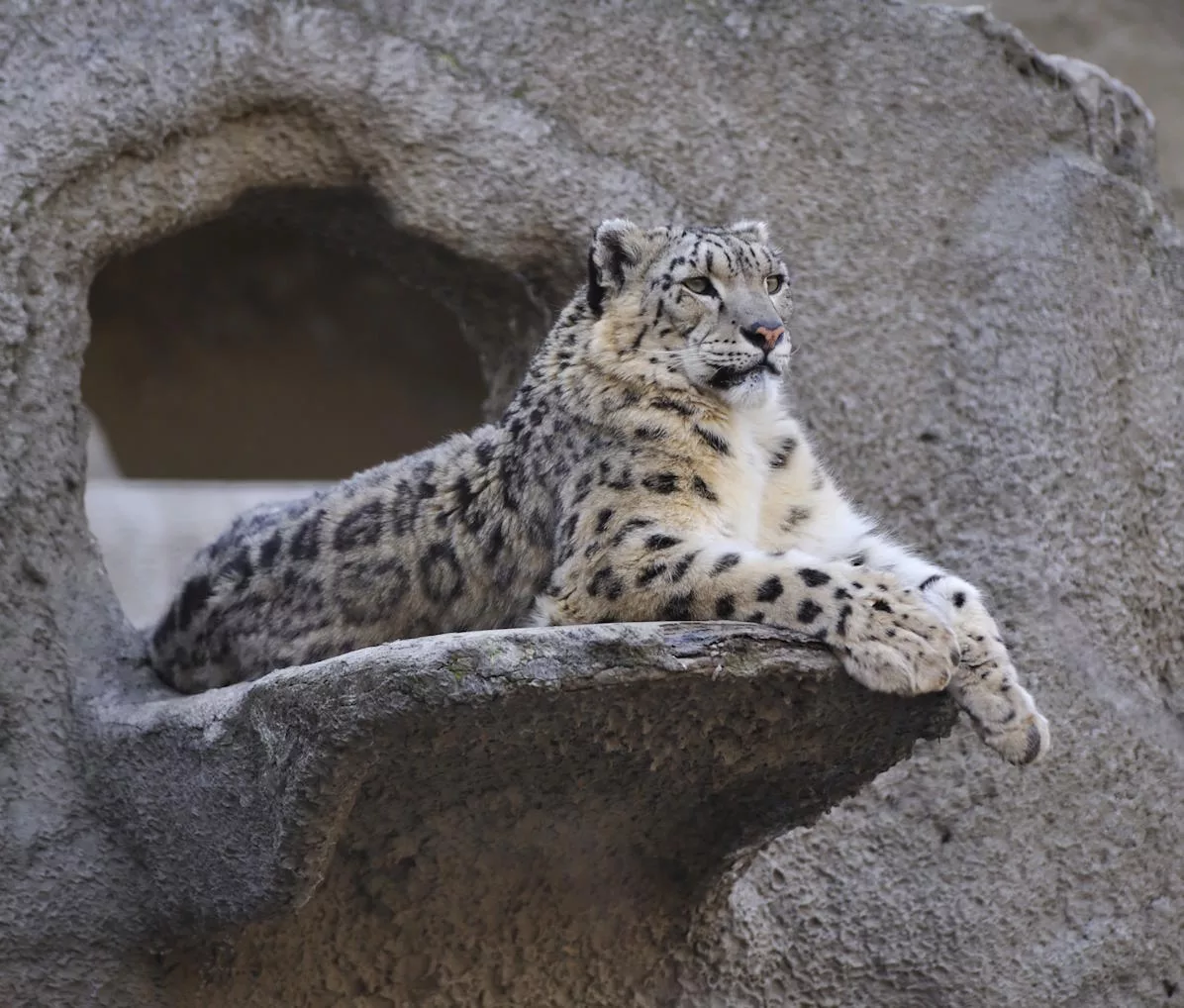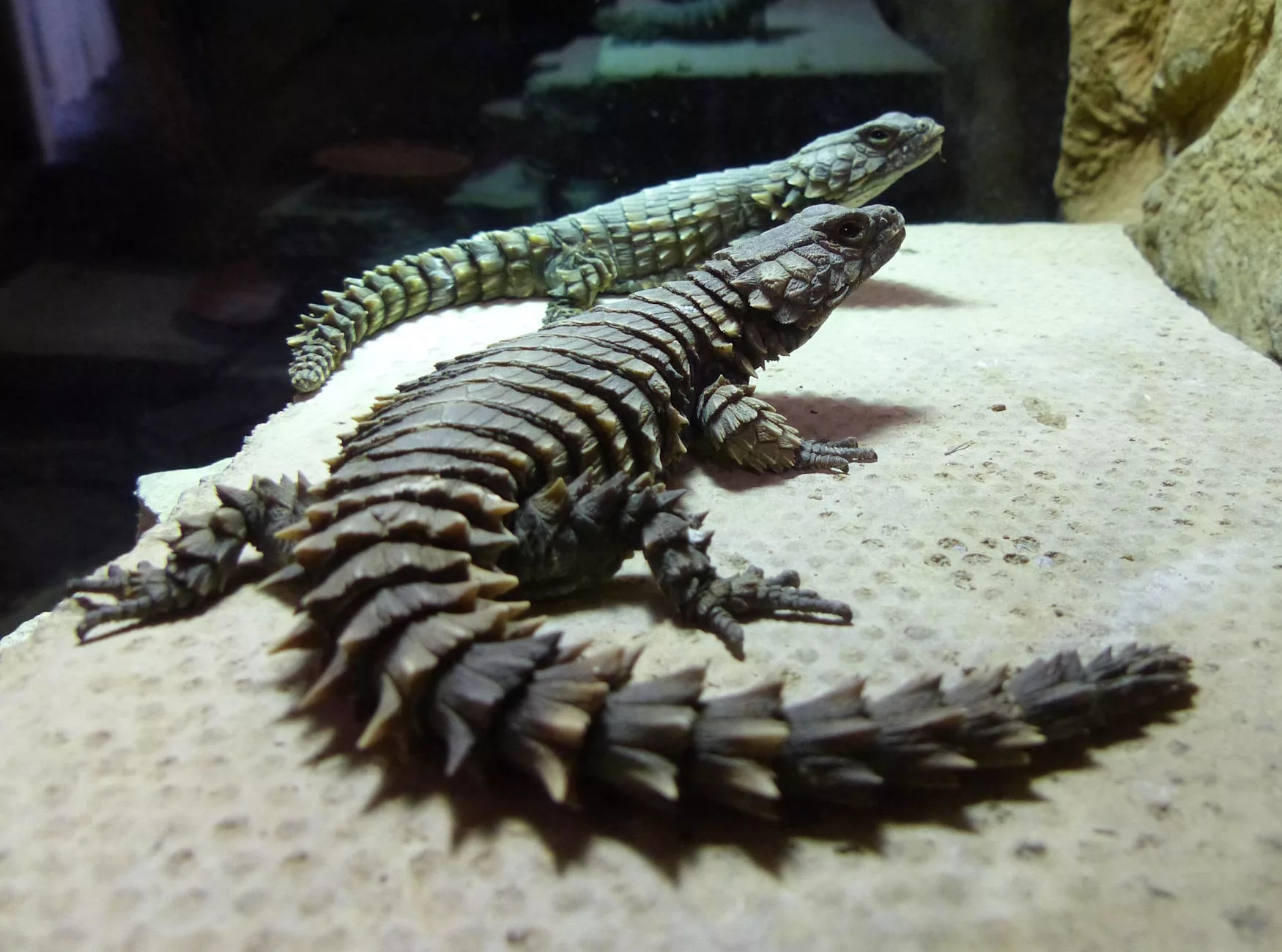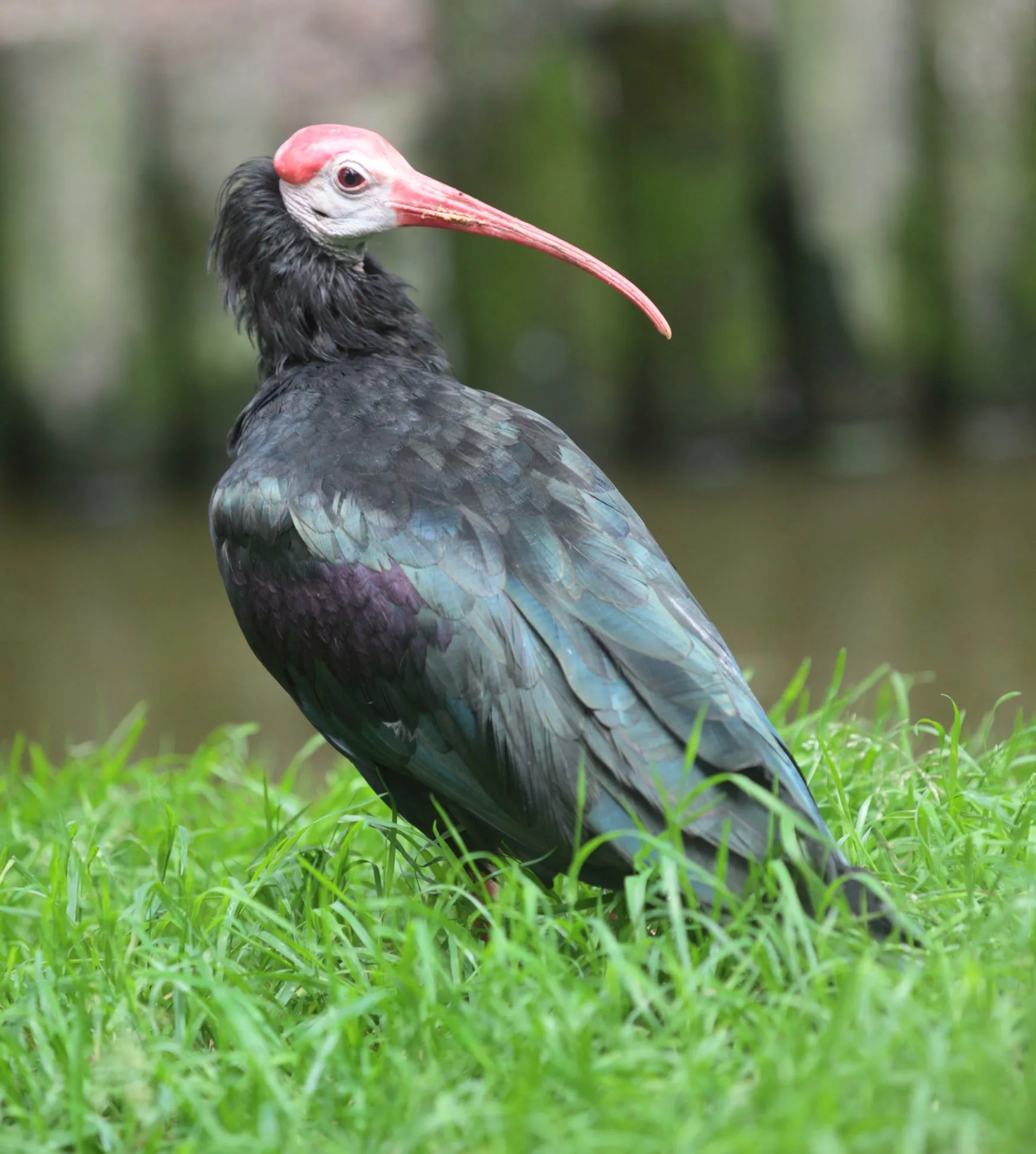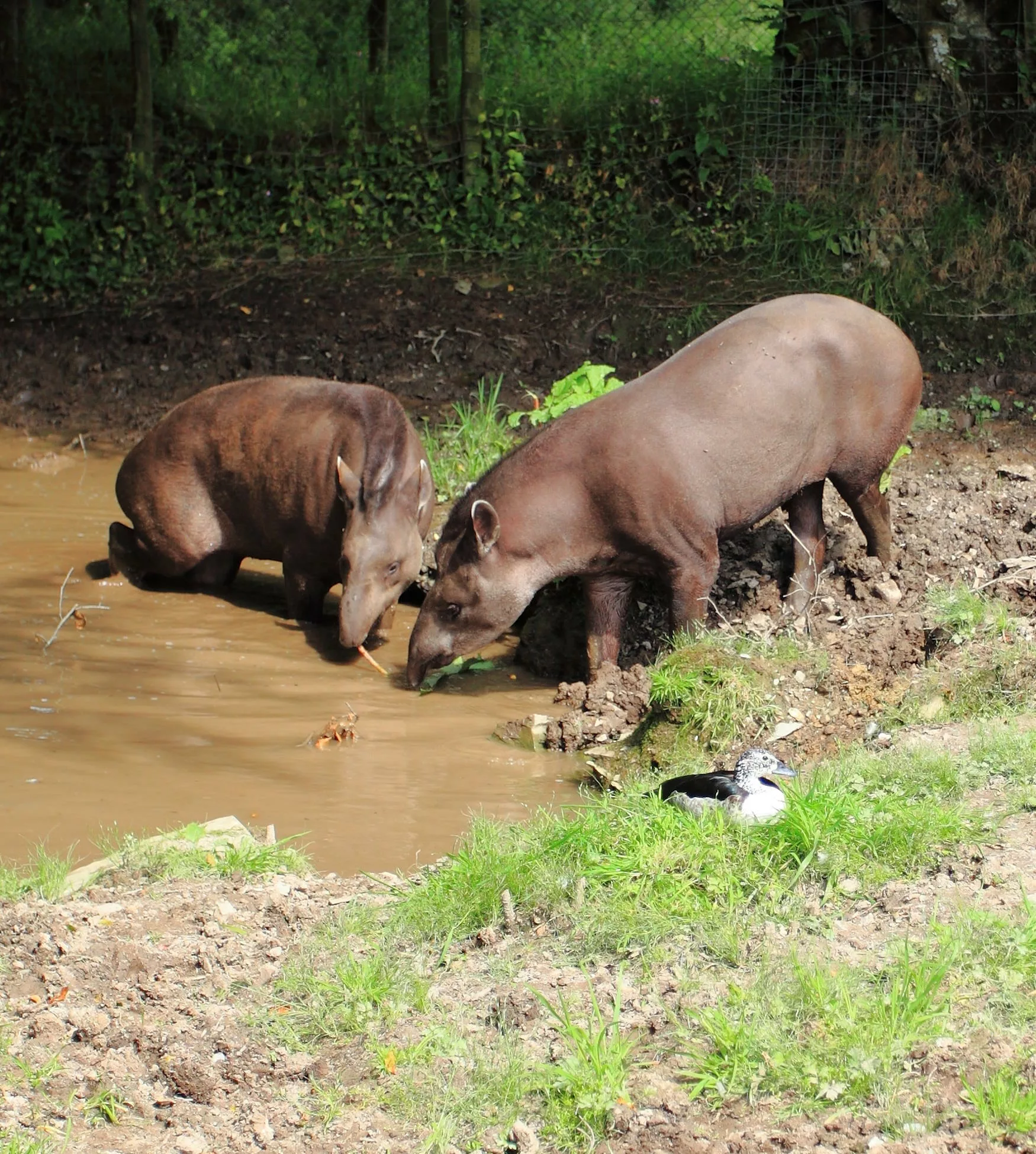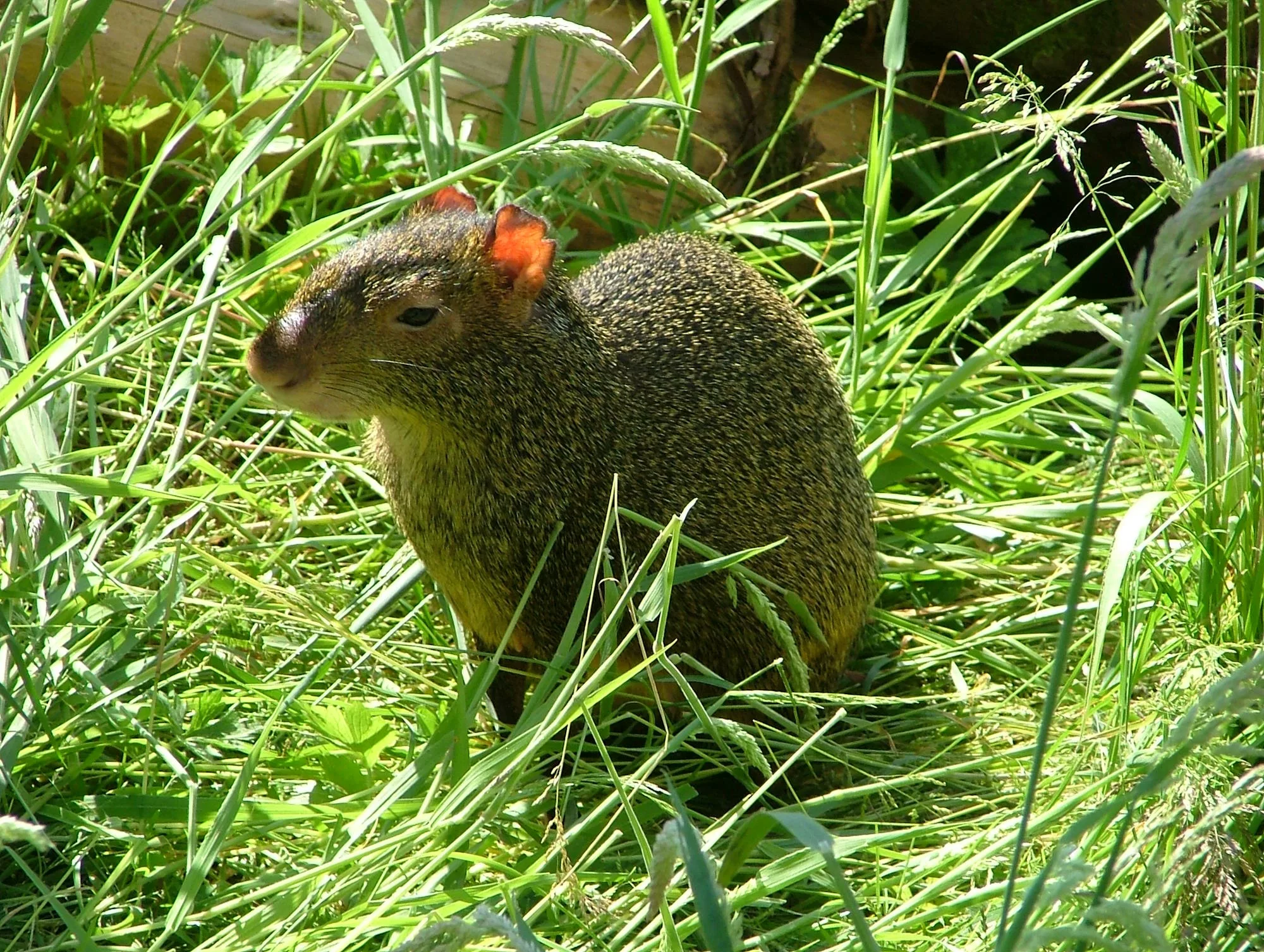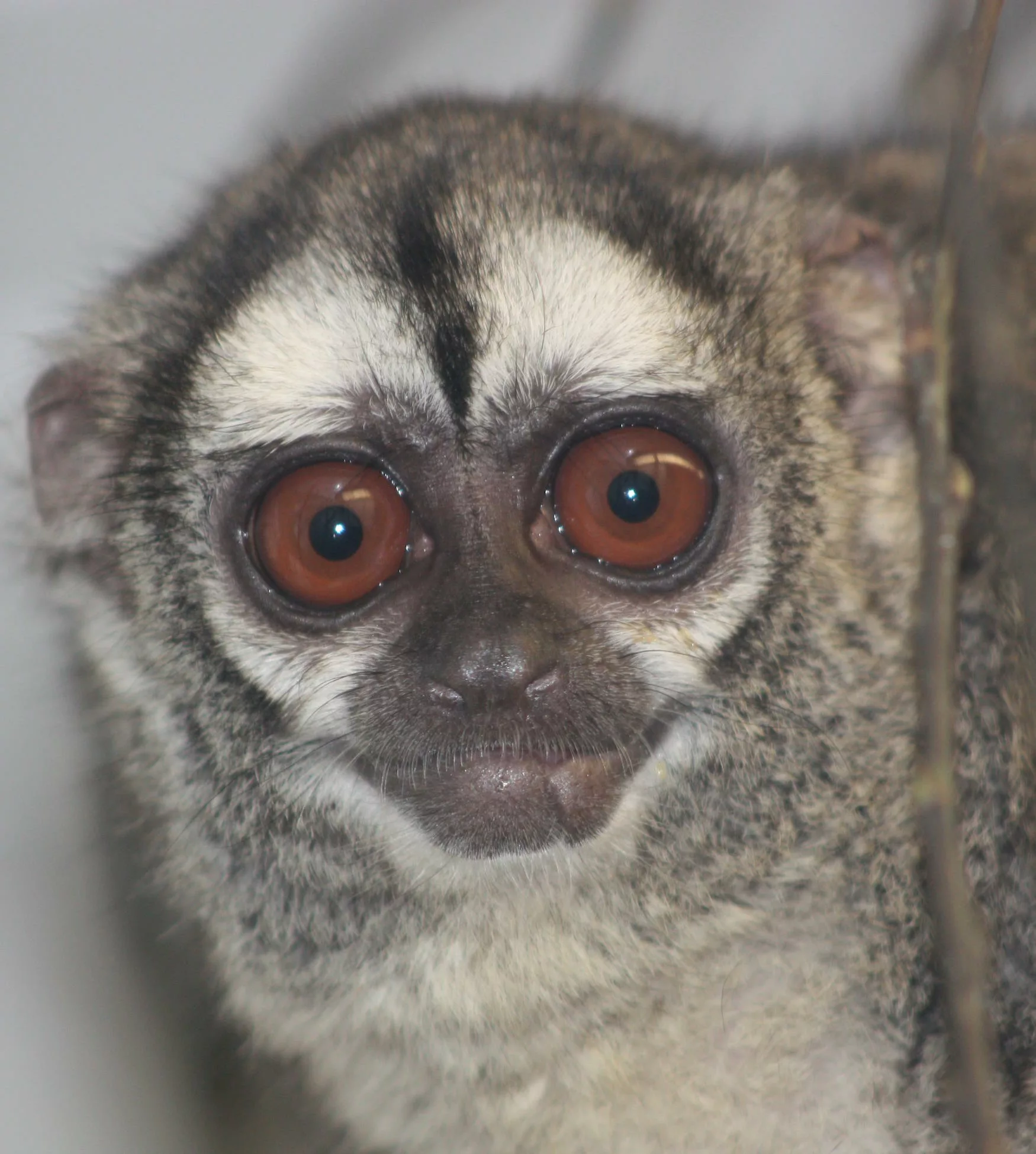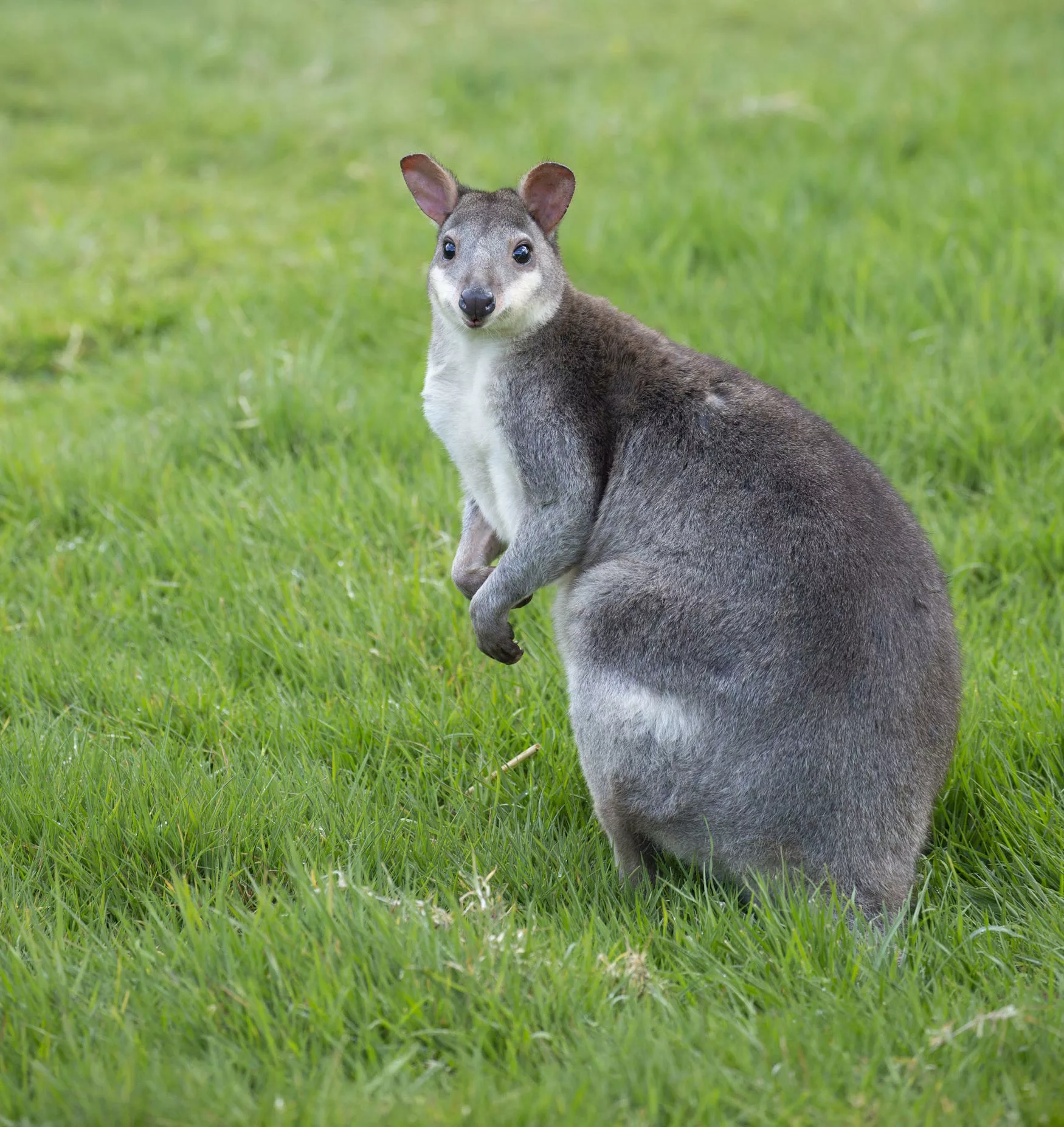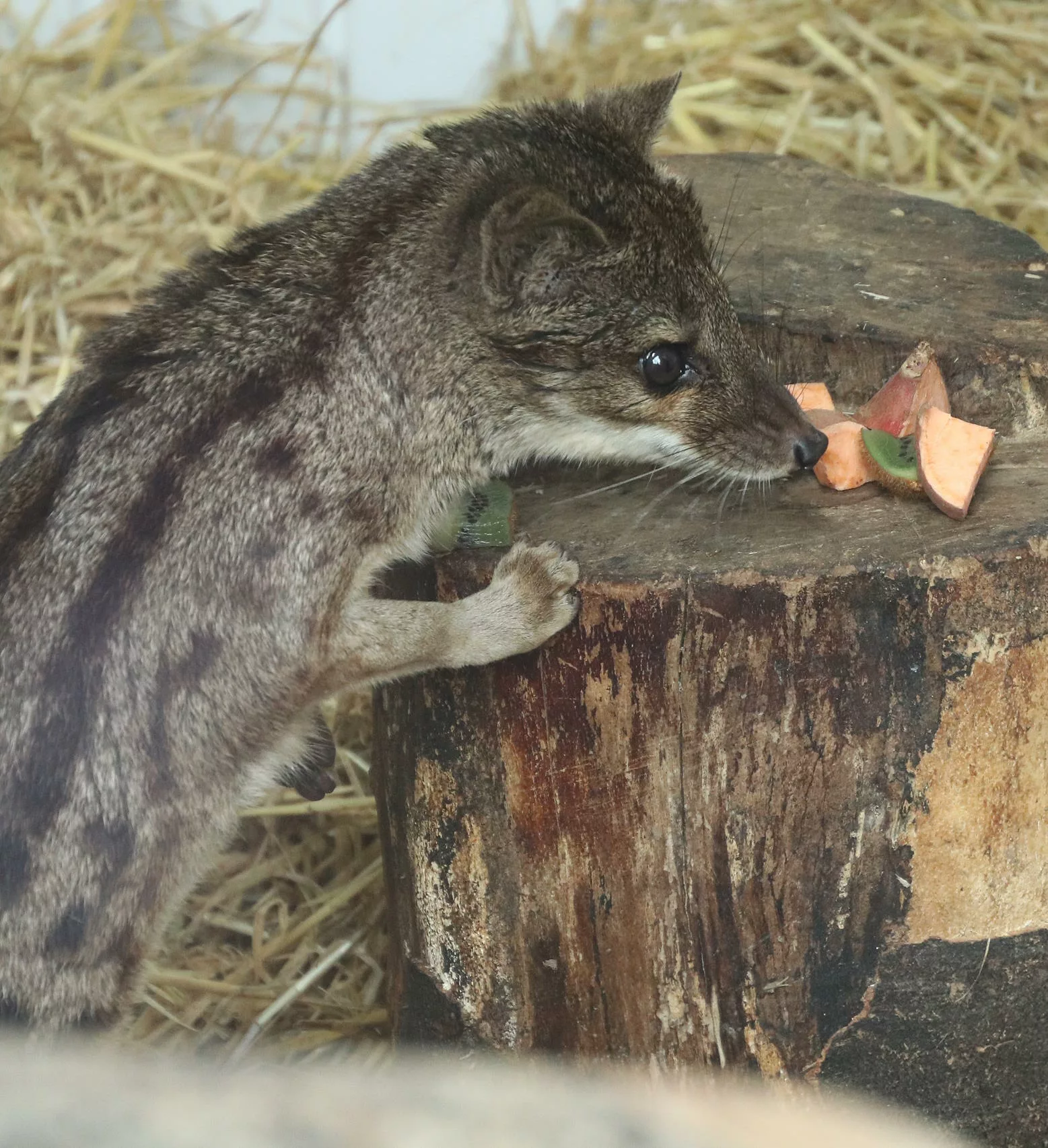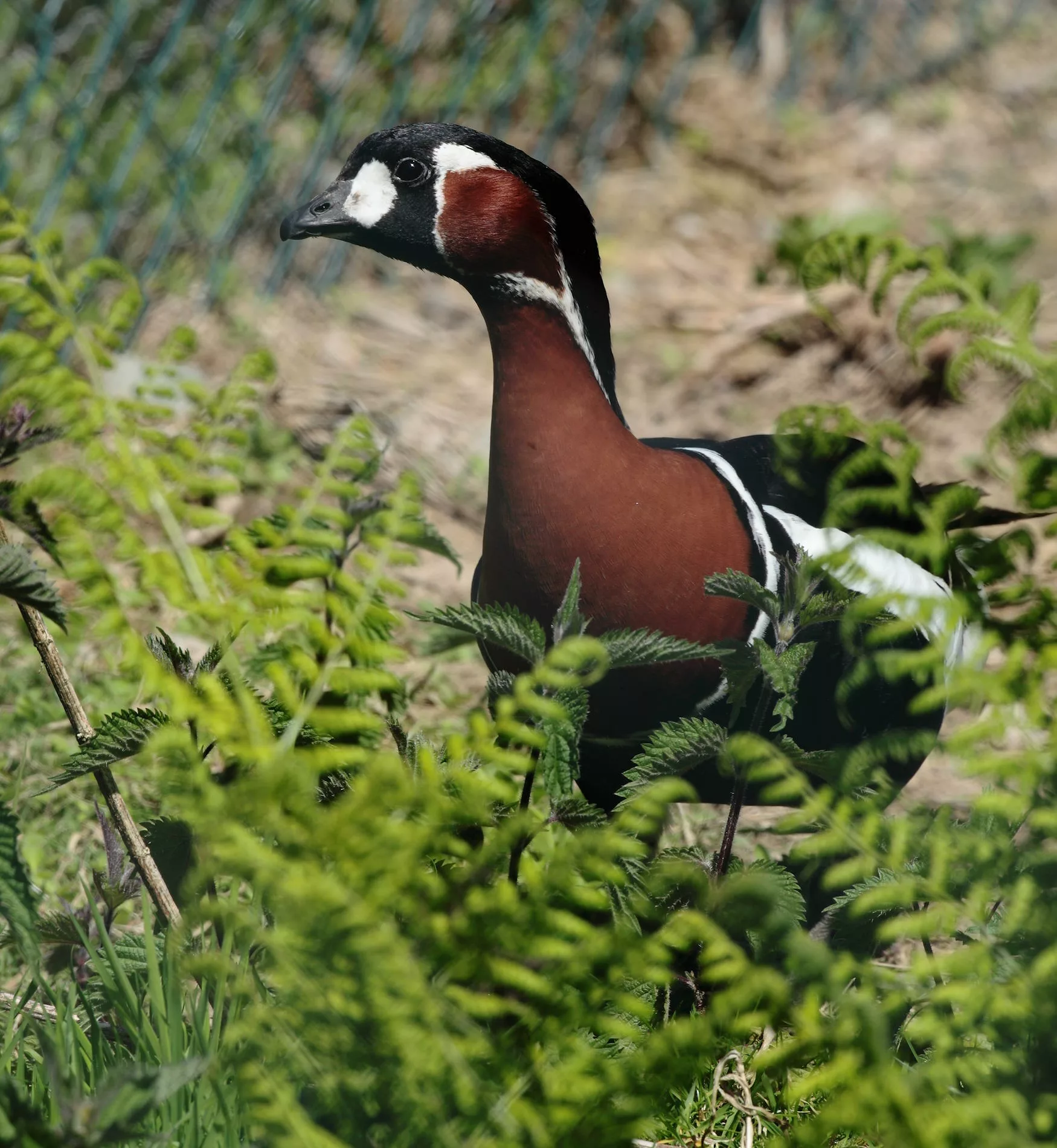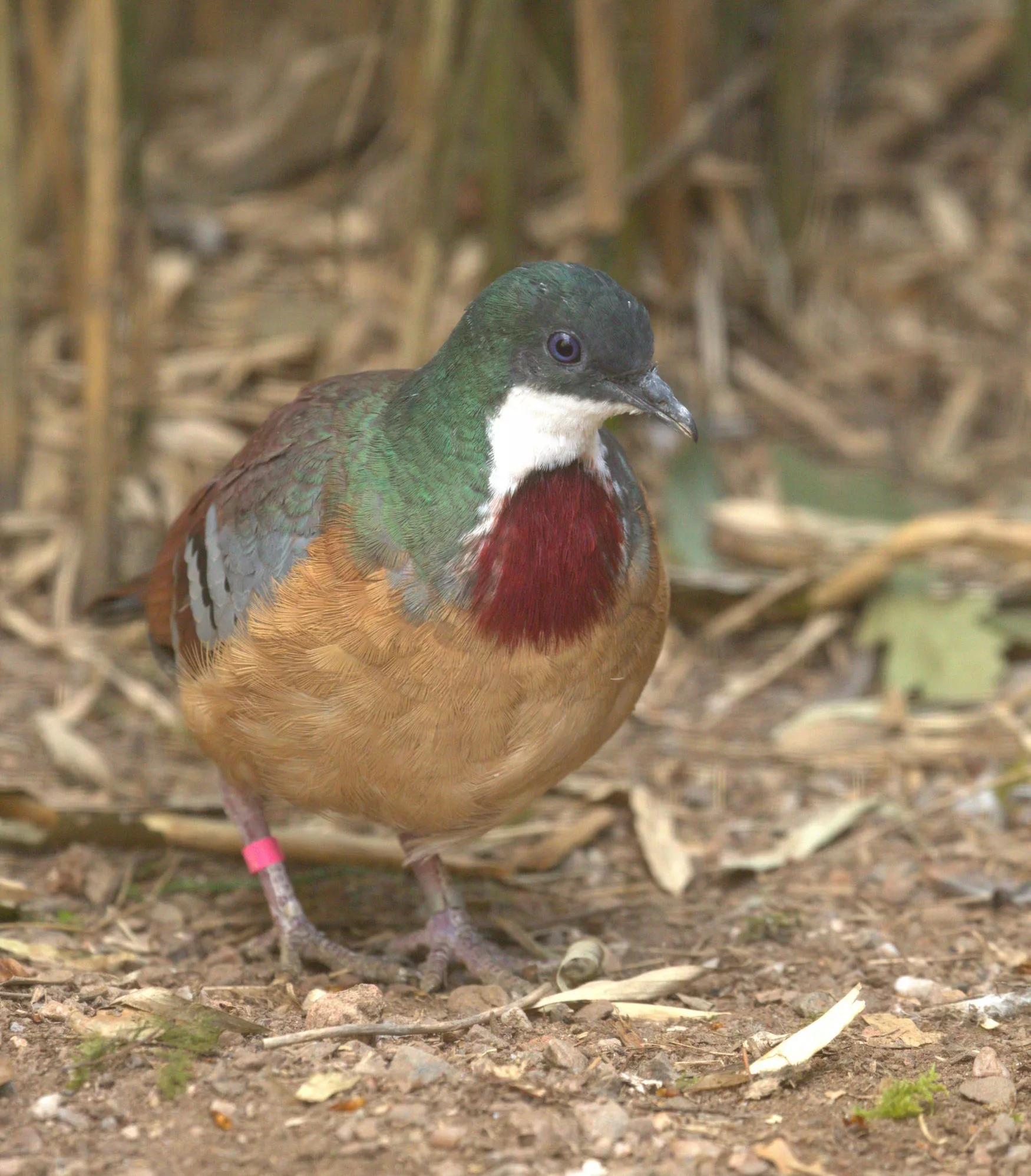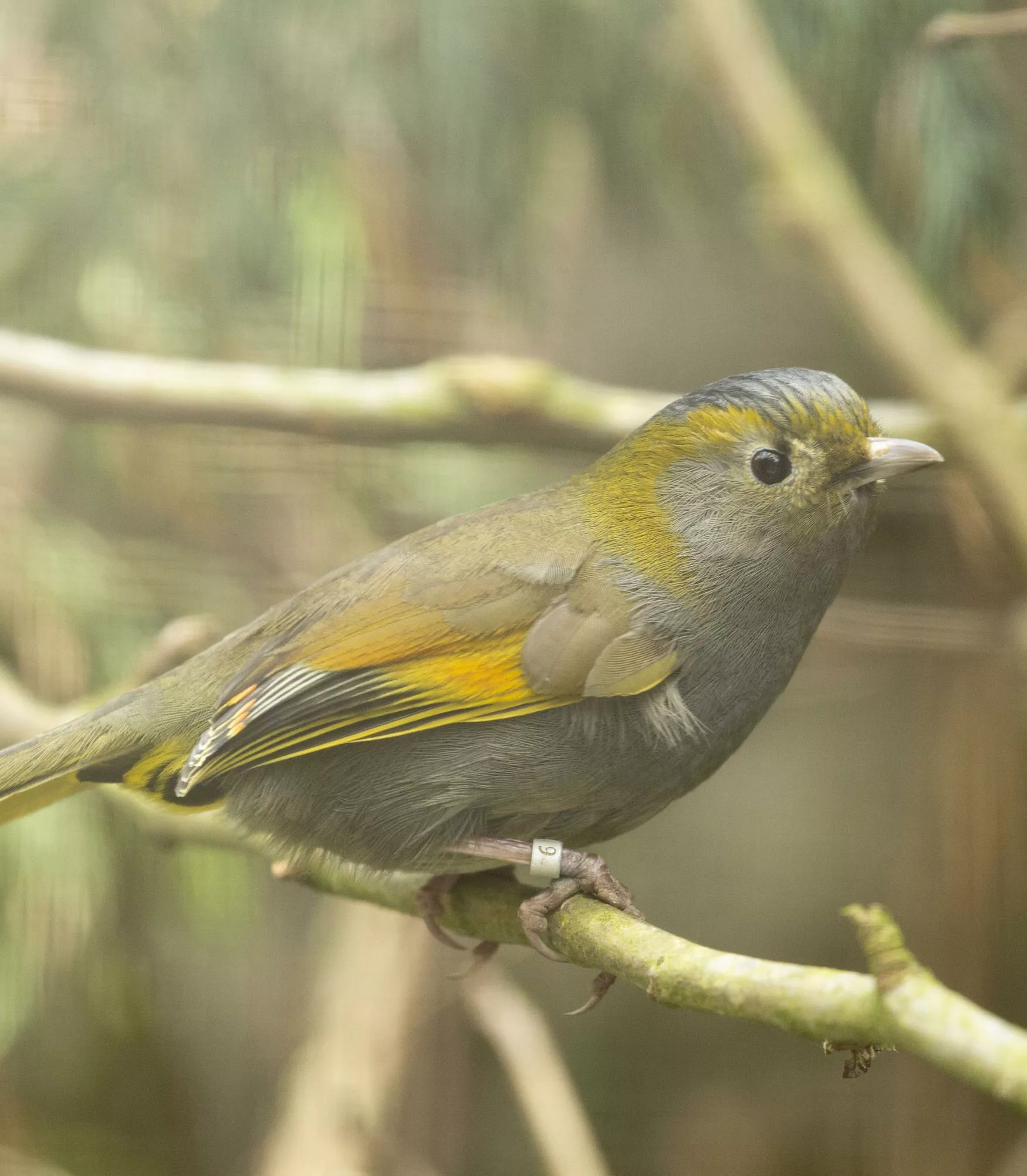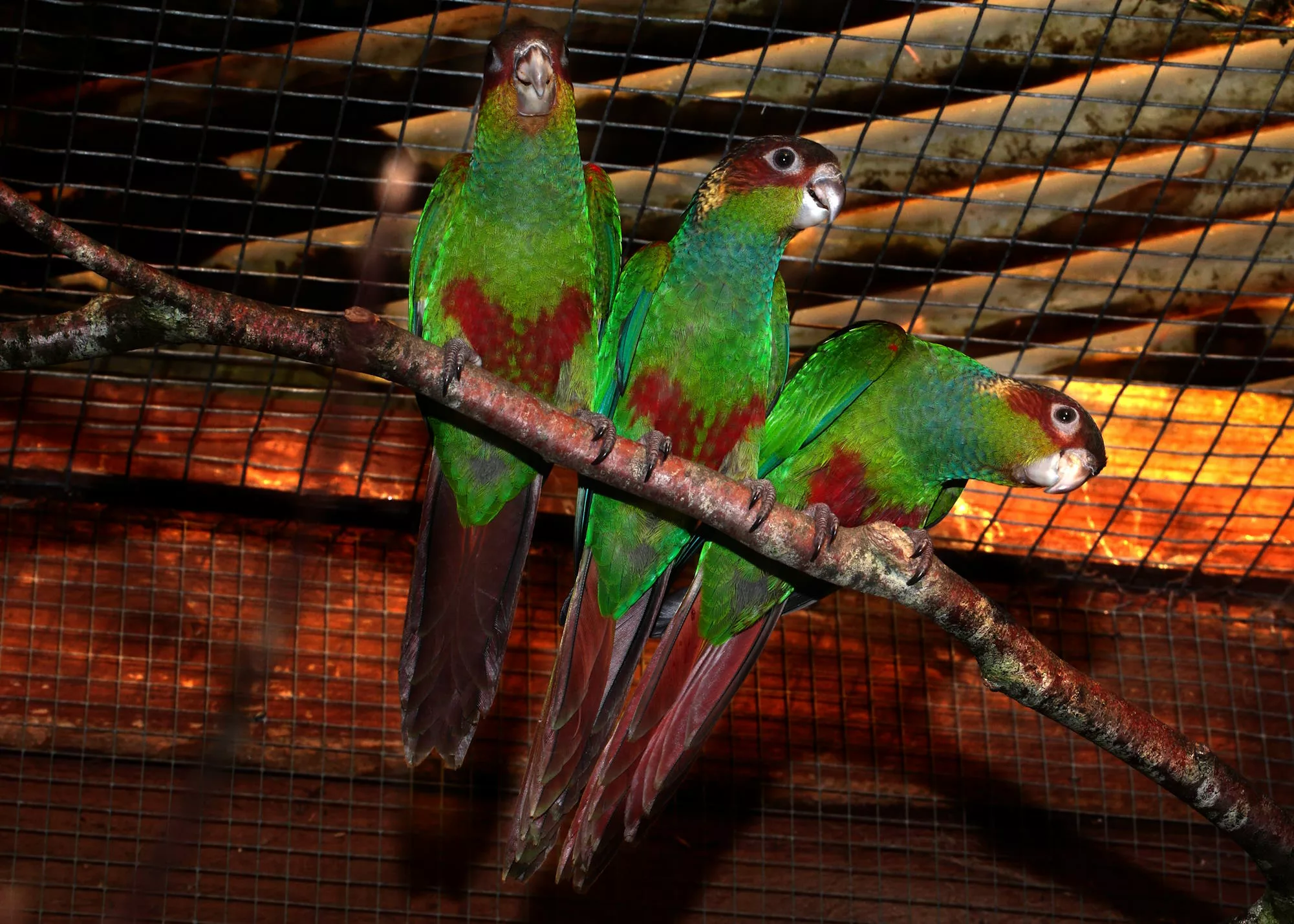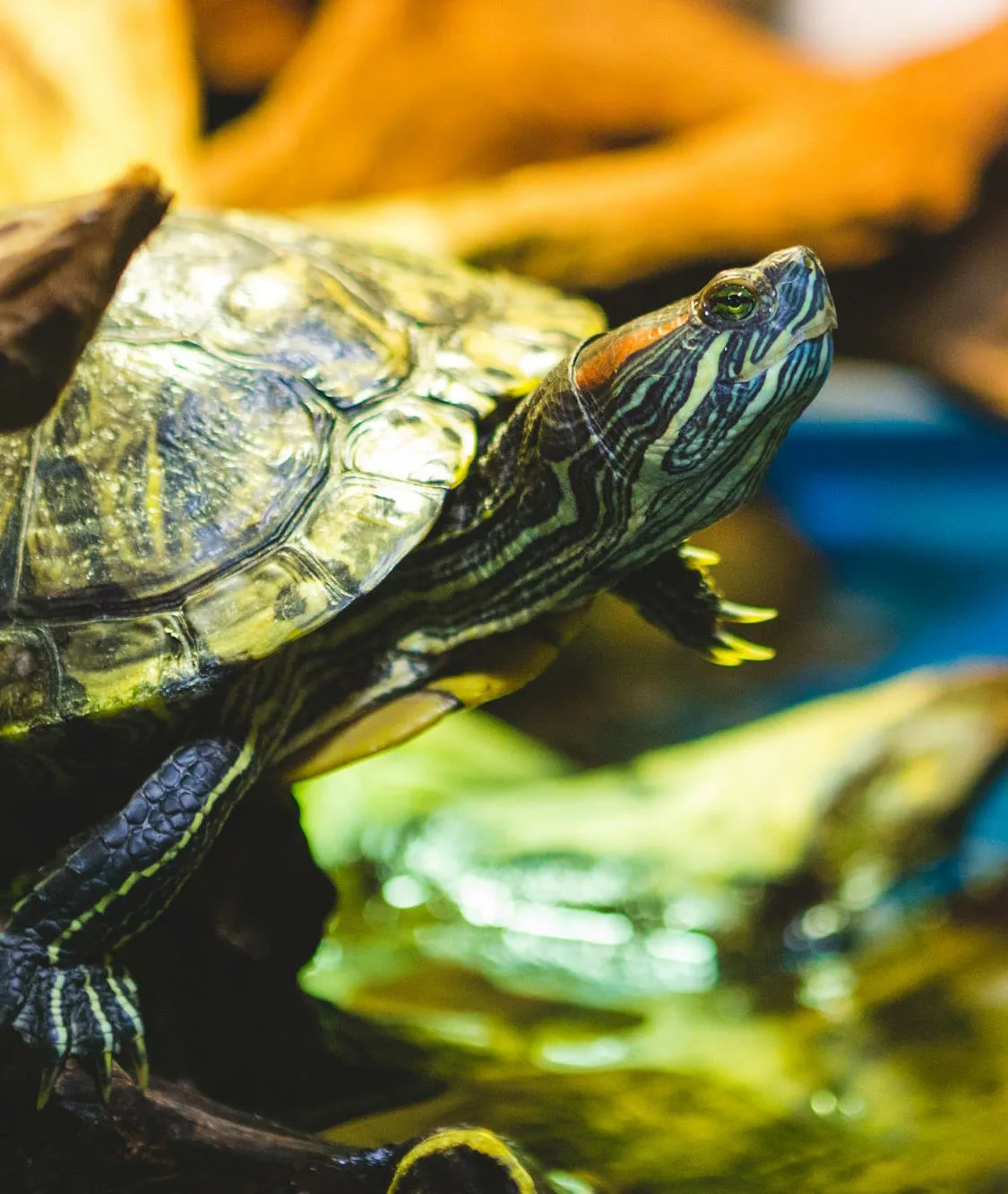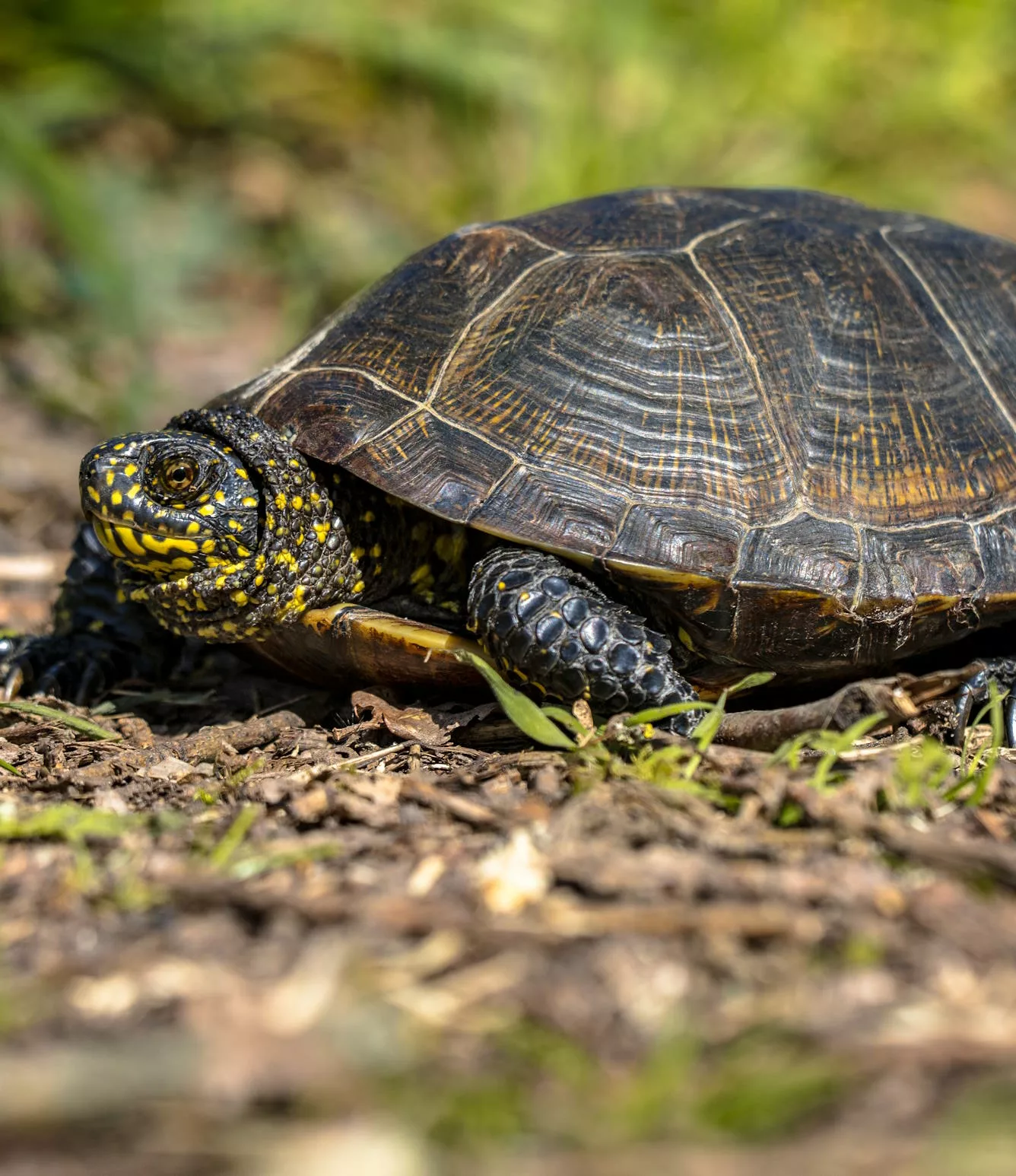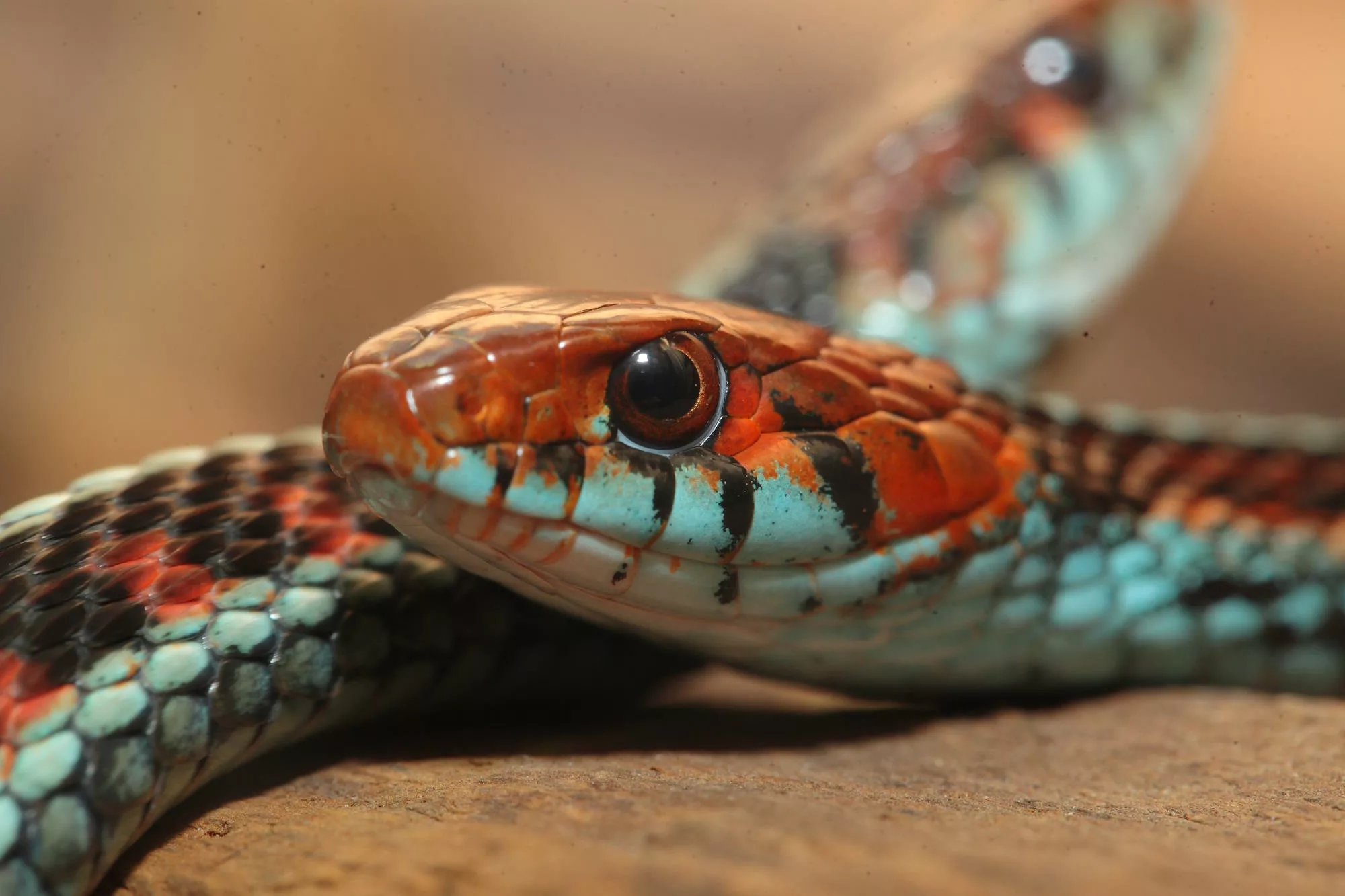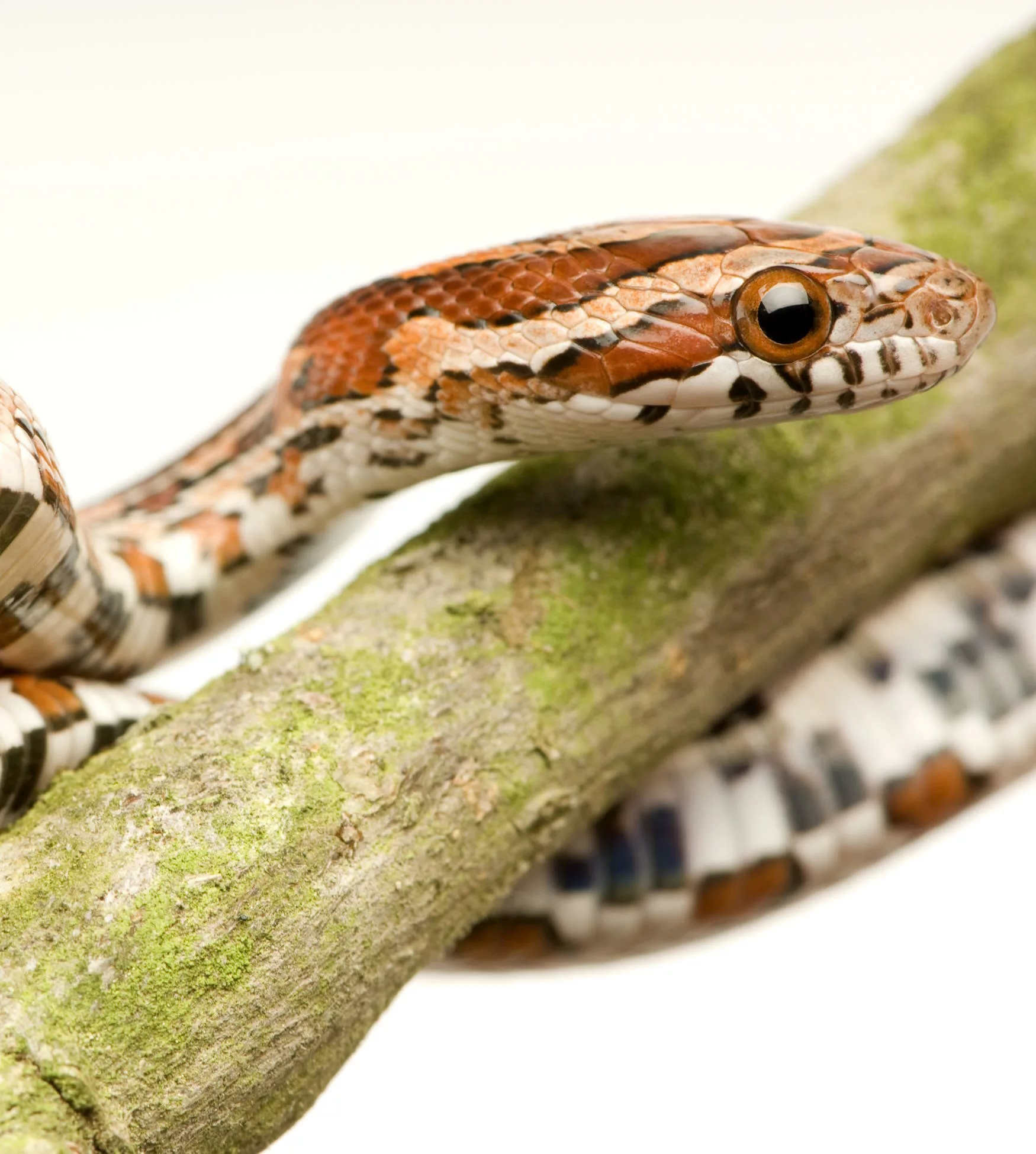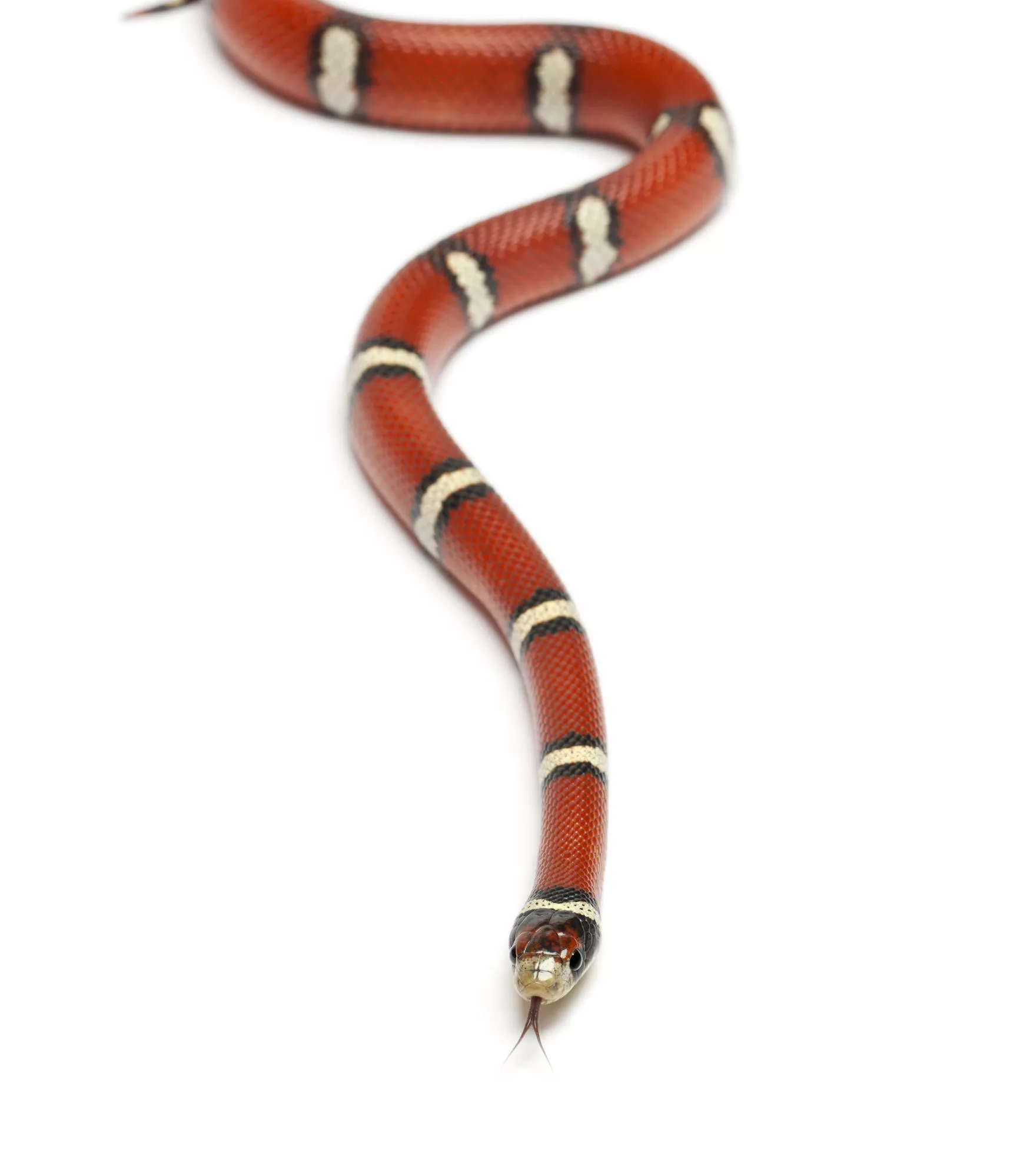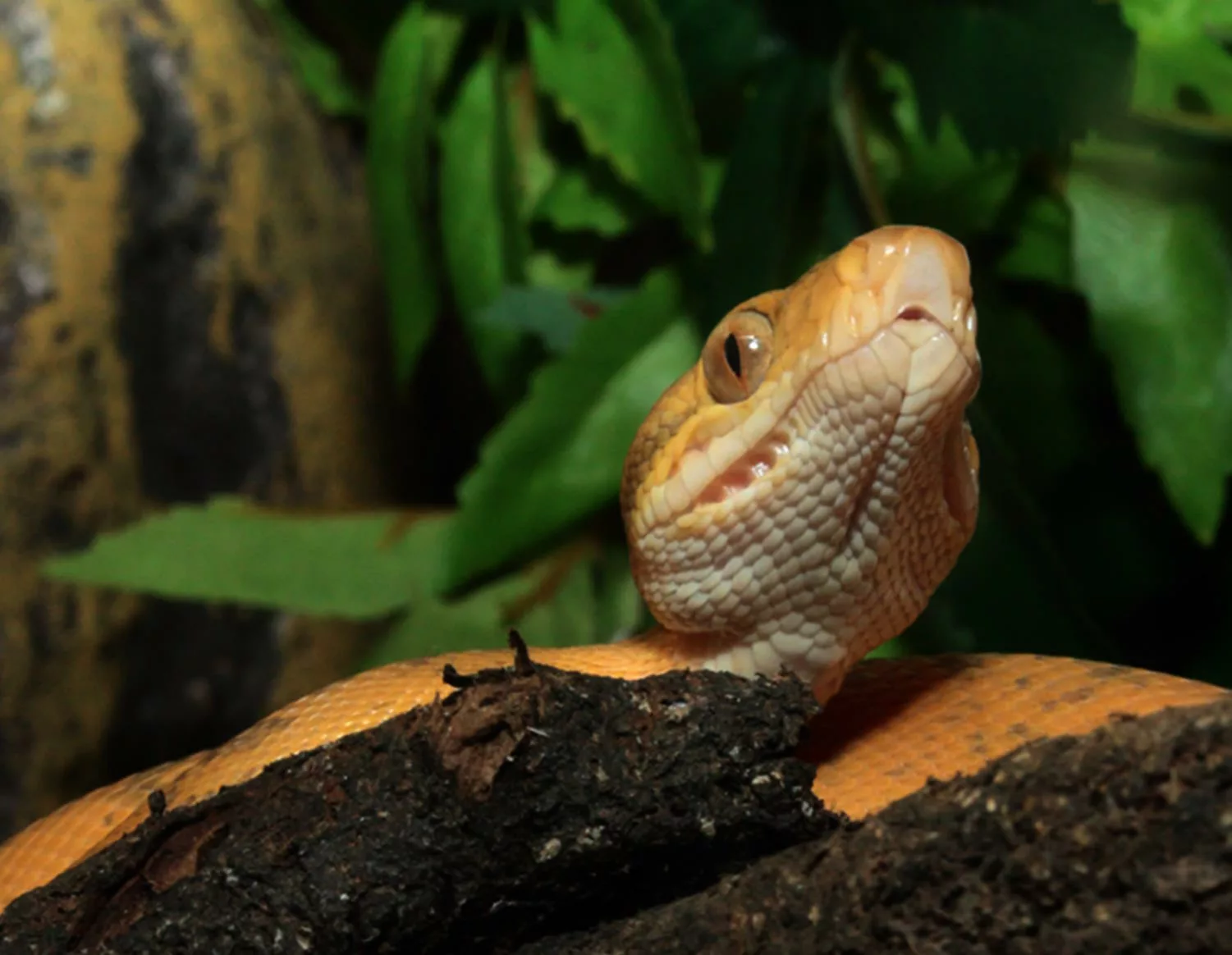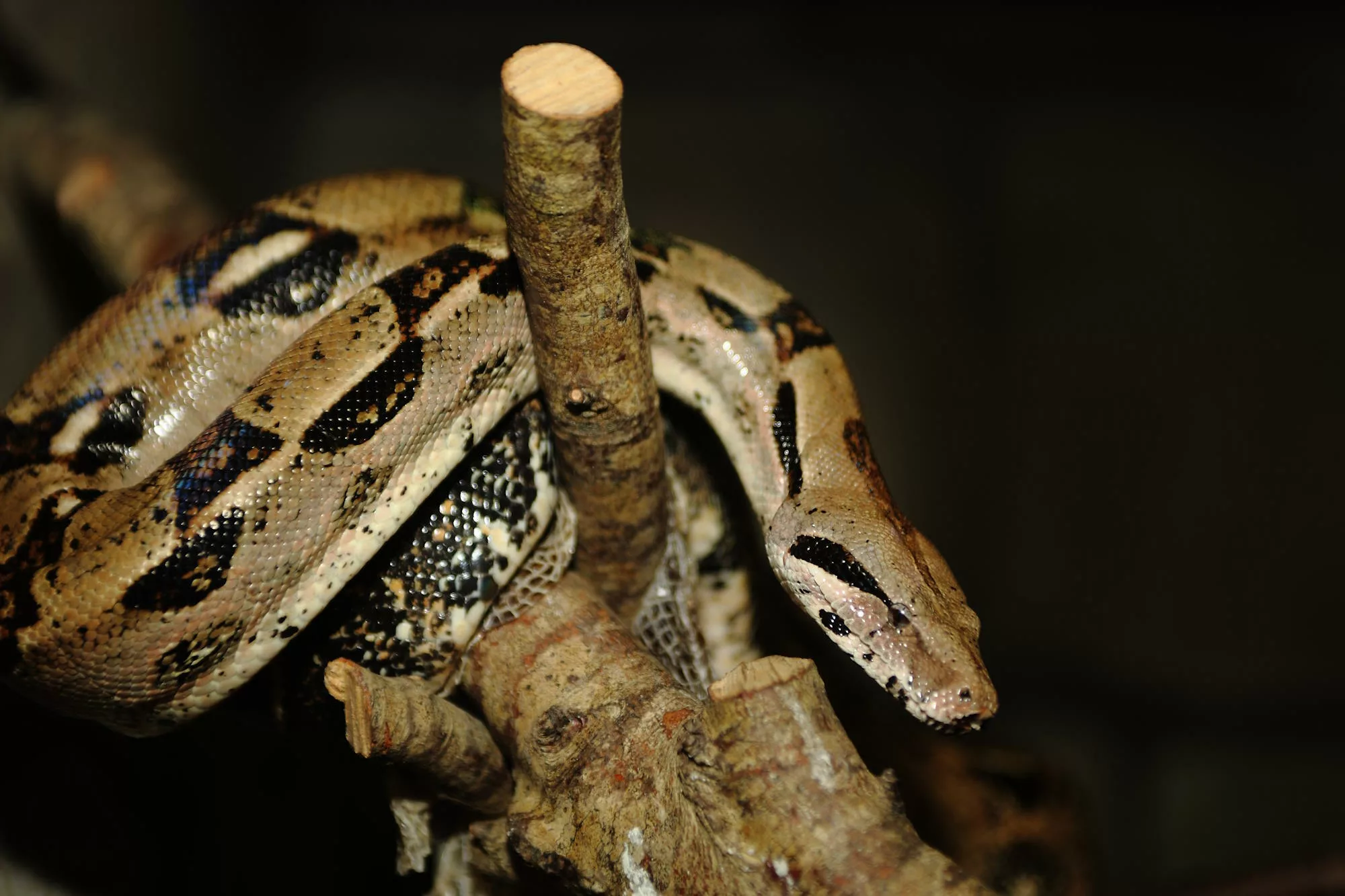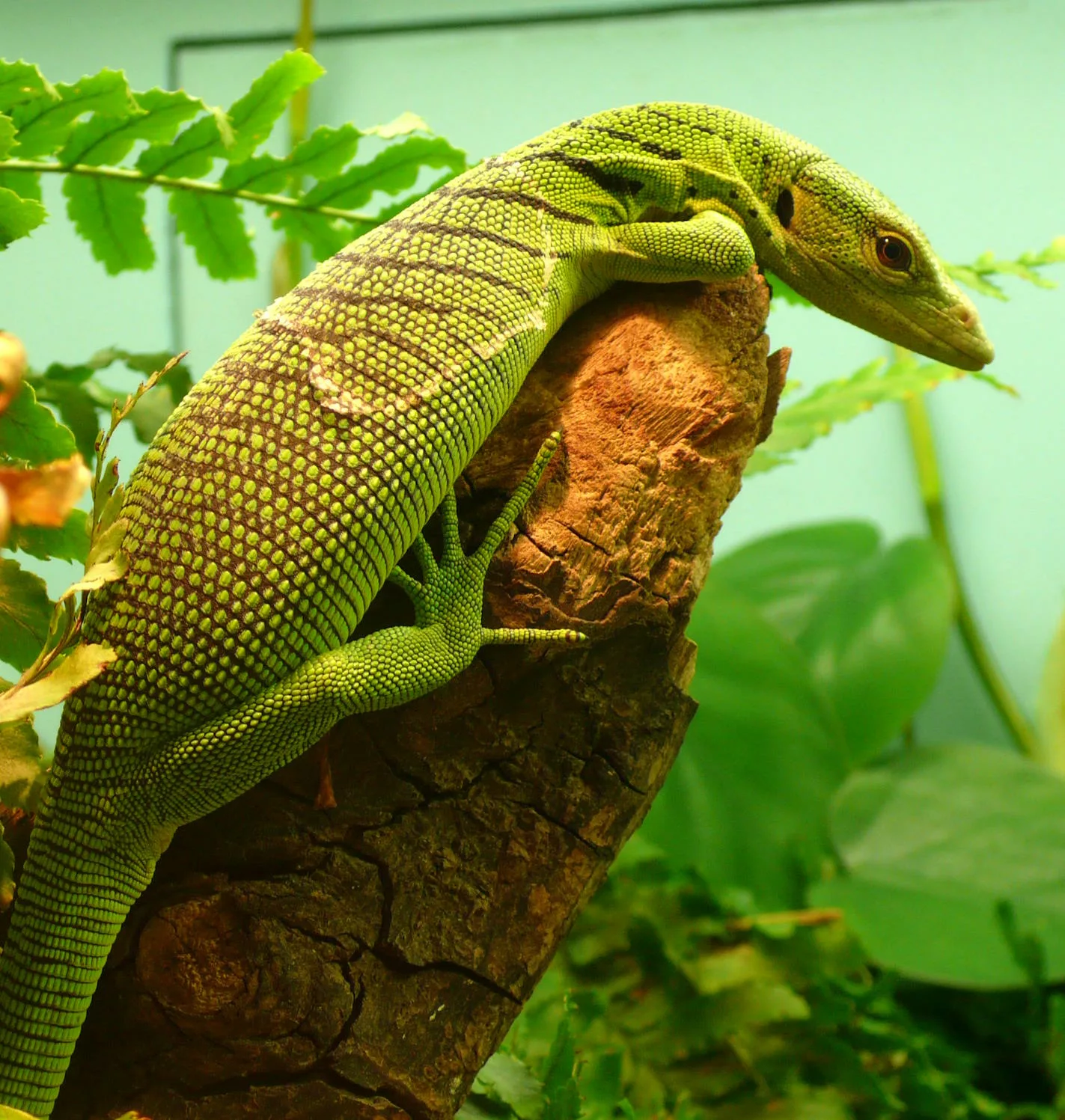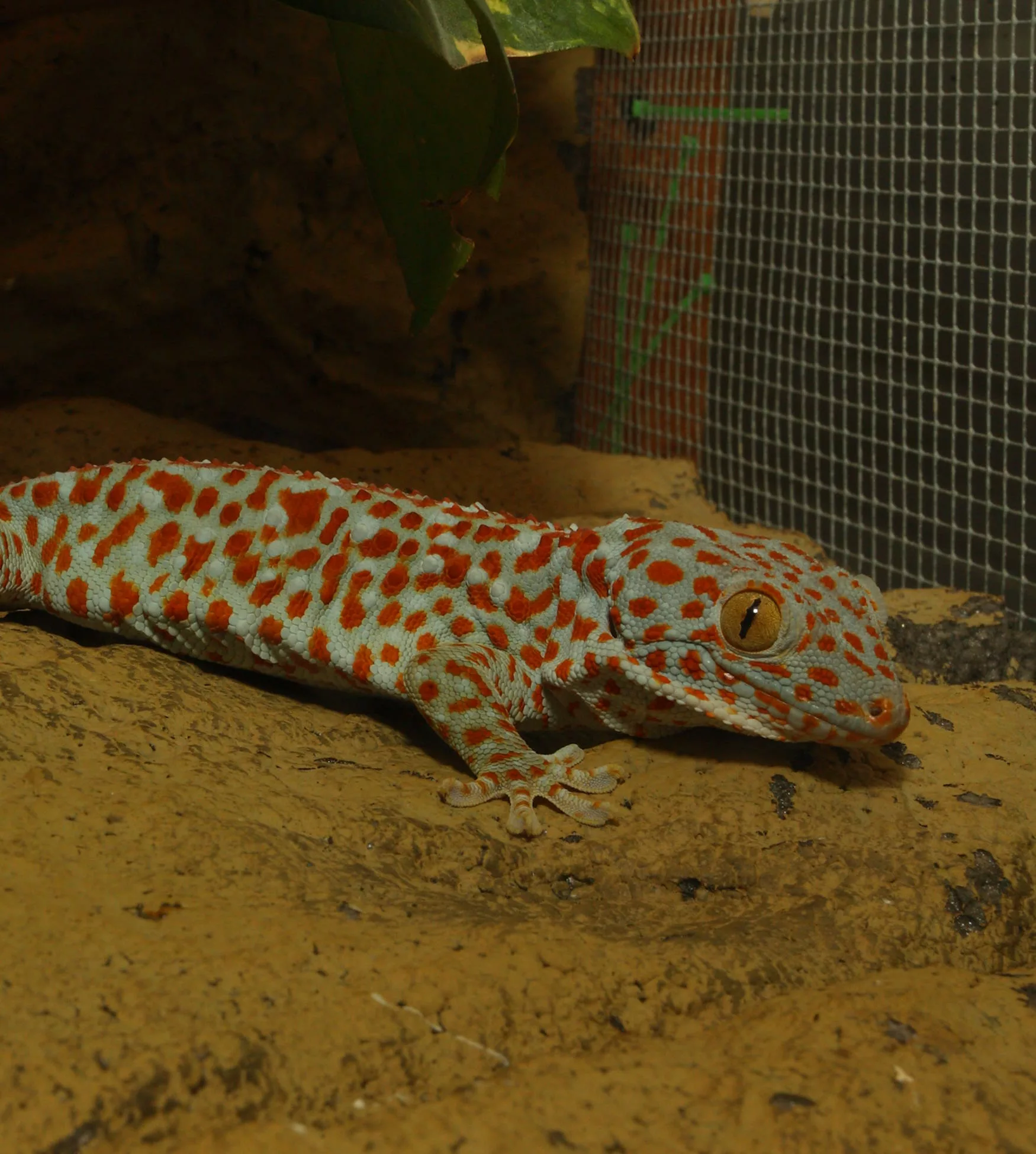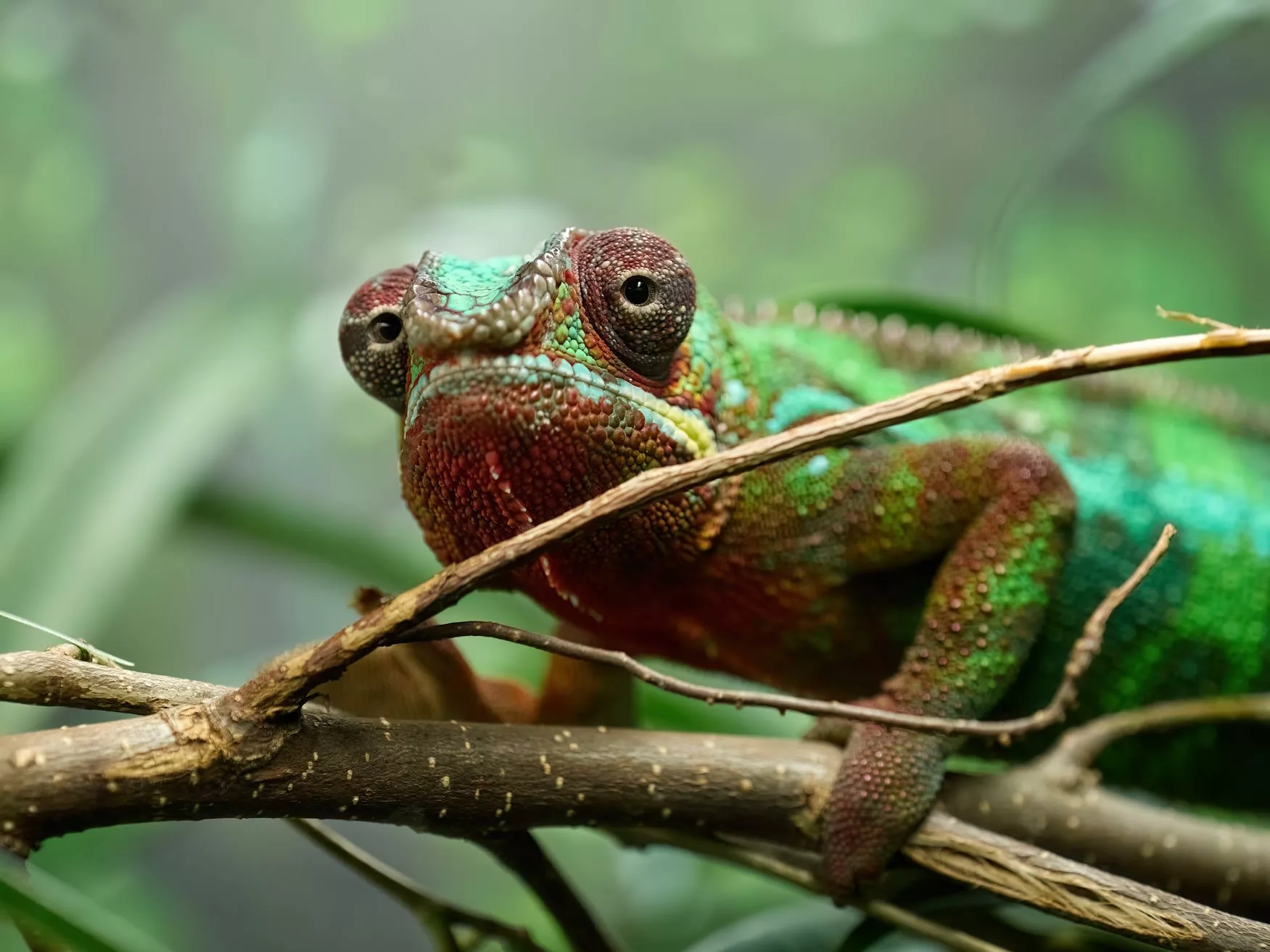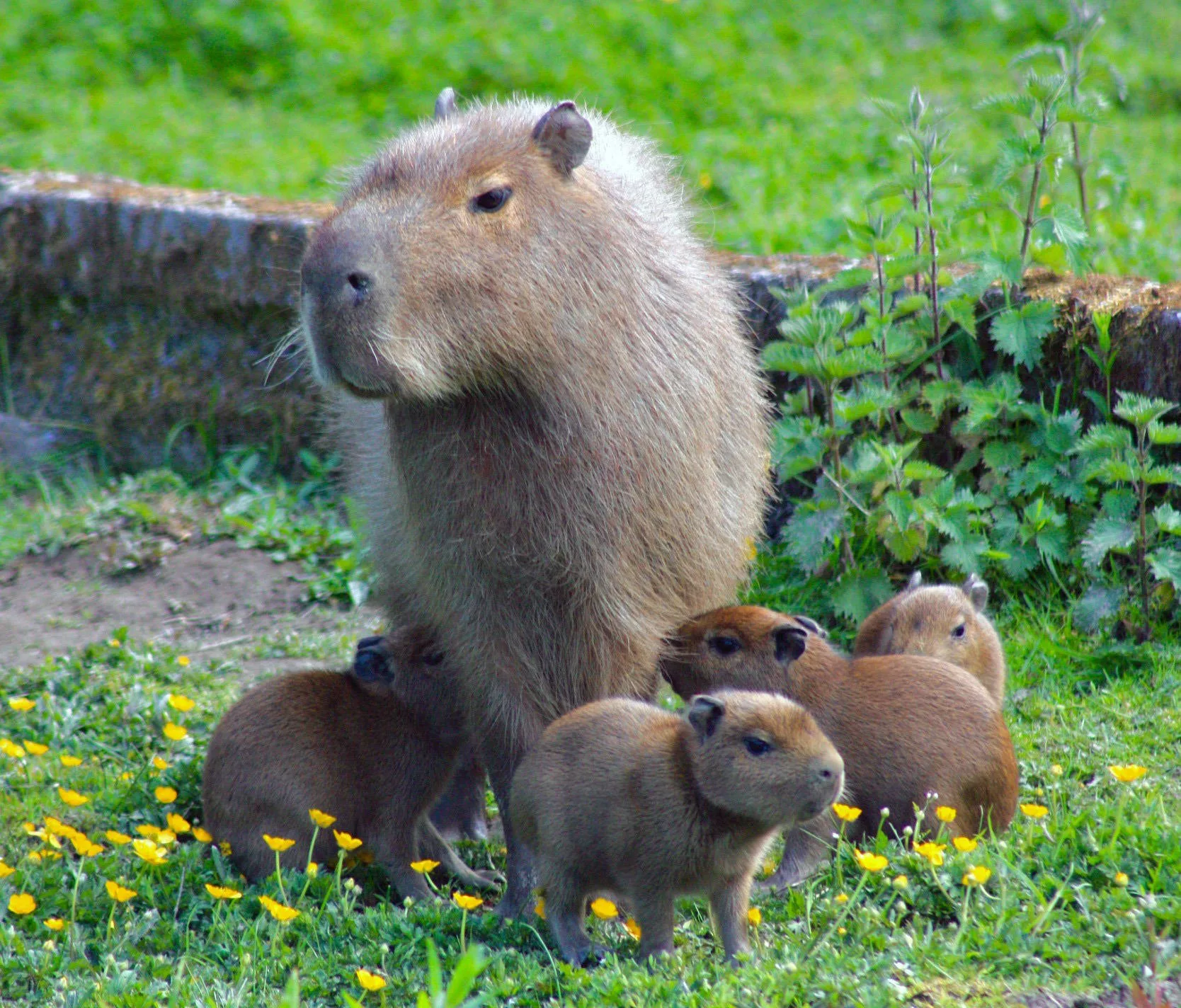
Giant thorny walkingstick
Scientific name: Heteropteryx dilatata
IUCN listed as: Not Evaluated
Learn before you visit!
Here are some facts about the species – Discover what they eat, find out about their natural habitat, see what they like to do, and more… Set the reading style to suit you too, everyday speak or something aimed towards children.
Child-friendly
Everyday
Diet
The Giant Thorny Walkingstick is primarily herbivorous, feeding on a variety of leaves, including bramble, eucalyptus, and other broadleaf plants. These nocturnal feeders consume large amounts of foliage during the night. In captivity, their diet can be supplemented with ivy and privet leaves, which are available year-round. Providing fresh, pesticide-free leaves is essential for their health. A proper diet ensures they grow well and successfully moult their exoskeleton.
Giant Thorny Walkingsticks eat leaves from plants like eucalyptus and bramble. They eat at night and need fresh leaves to stay healthy. In zoos, they also eat ivy and privet leaves. Eating well helps them grow strong.
Breeding
Eurycantha calcarata reproduces through sexual reproduction, with females laying eggs in the soil. The eggs are large and oval-shaped, taking several months to hatch. Upon hatching, the nymphs resemble miniature adults and undergo several moults before reaching maturity. Successful breeding depends on maintaining high humidity and a suitable substrate for egg-laying. This helps ensure a high survival rate for the offspring.
These insects lay eggs in the soil. The eggs hatch after a few months. Baby insects look like tiny adults and grow by shedding their skin. They need a humid place to lay eggs and for the babies to survive.
Habitat
The natural habitat of Eurycantha calcarata includes the rainforests of New Guinea and surrounding islands. They thrive in environments with high humidity and dense vegetation. These stick insects are often found on the forest floor or climbing vegetation. Deforestation and habitat destruction pose significant threats to their populations. Conservation efforts focus on preserving their natural habitats and understanding their ecological needs.
Giant Thorny Walkingsticks live in the rainforests of New Guinea. They need humid and leafy places to thrive. They are often found on the forest floor or climbing plants. Protecting their forest homes is very important.
At the zoo
In zoos, Giant Thorny Walkingsticks are housed in terrariums that replicate their natural tropical forest environments. These enclosures maintain high humidity and include ample foliage for climbing and feeding. Zoos play a vital role in educating the public about these unique insects and their ecological importance. They also contribute to research on their breeding and behaviour, aiding in conservation efforts. Proper care in captivity involves regular monitoring and maintaining optimal environmental conditions.
In zoos, these insects live in tanks that look like their forest homes. The tanks have lots of leaves and stay humid. Zoos help people learn about these insects and how they live. Zoos also study them to keep them safe in the wild.
Behaviour
Giant Thorny Walkingsticks are primarily nocturnal, displaying a range of interesting behaviours. They are known for their defensive posture, raising their spiny legs to deter predators. These insects communicate through chemical signals and use their camouflage to blend into their surroundings. During the day, they remain still, relying on their appearance to avoid detection. Understanding their behaviour is crucial for their care and conservation.
These insects are active at night and use their spiky legs to scare away predators. They stay still during the day to blend in with their surroundings. They talk to each other with chemicals. Knowing how they act helps us care for them better.
Fun facts
- Spiky Defence: They have spiky legs to protect themselves from predators.
- Camouflage Experts: They blend in with leaves and branches to avoid detection.
- Large Eggs: Their eggs are big and oval-shaped.
- Nocturnal Life: They are most active at night.
- Tropical Homes: They live in the rainforests of New Guinea.
- Spiky Legs: These insects have spiky legs to keep predators away.
- Great Hiders: They look like leaves and branches to hide.
- Big Eggs: Their eggs are big and shaped like ovals.
- Night Activity: They come out at night to eat.
- Rainforest Homes: They live in New Guinea’s rainforests.
More animals to discover at our zoo
Quick Links
Tickets & Prices
You can buy tickets for Exmoor Zoo securely online, as well as finding out more price options, discover offers, and more…
What’s on…
Exmoor Zoo hosts incredible Events all through the year. You can find out about what we’ve got in store here…
Routes & info
Like any great discovery, Exmoor Zoo can feel a little off the beaten path – but don’t worry – you can plan your journey with our recommended routes and other useful travel info.
